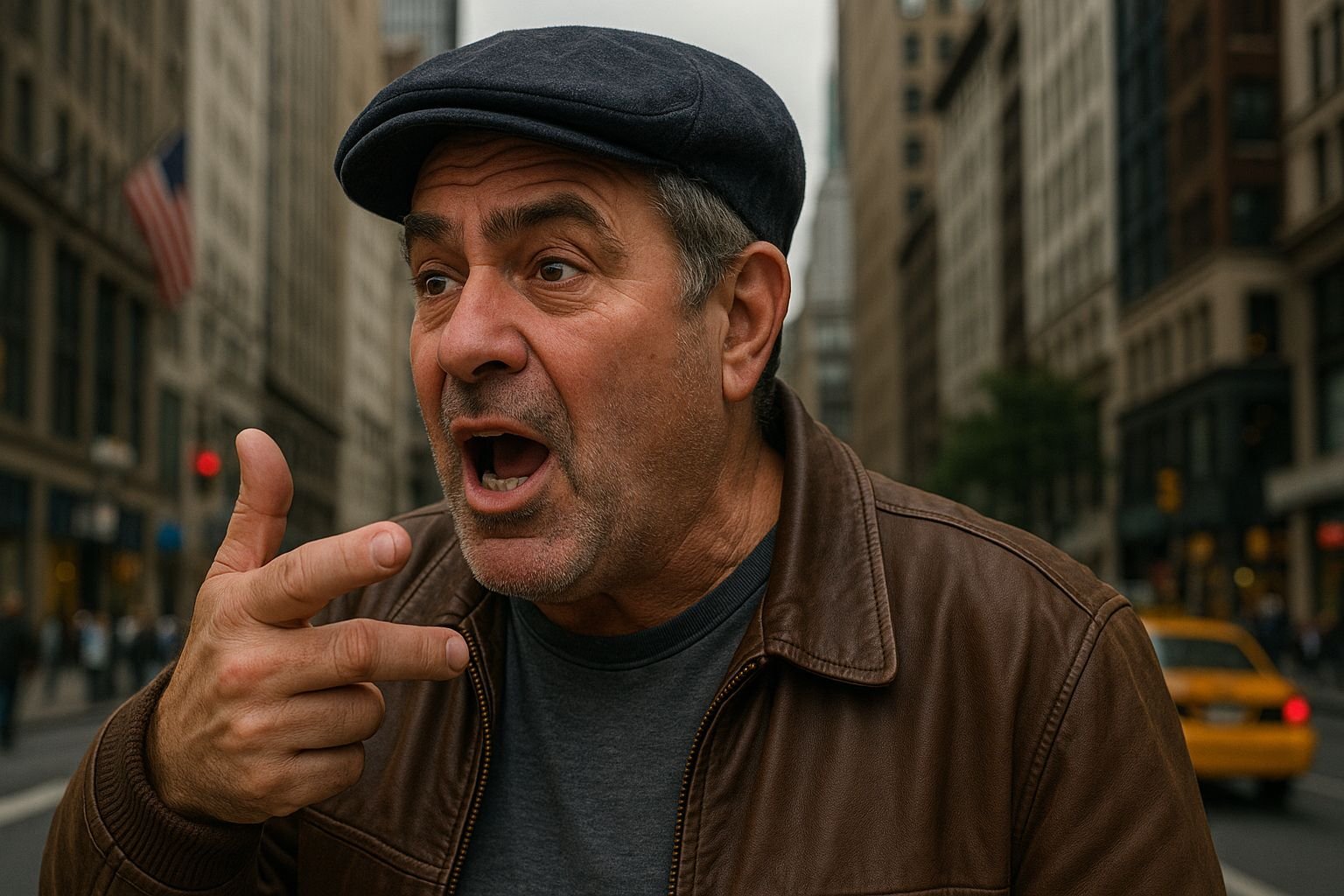
What is a New York accent called?
What is a New York accent called? Known as “New York City English,” this iconic dialect reflects centuries of immigration and cultural exchange. Discover its origins, features like non-rhoticity and distinct vowels, and why it remains a defining trait of NYC identity.

Are there abandoned subway tunnels in New York?
New York City is not only a vibrant hub of activity above ground but also a treasure trove of history beneath its bustling streets. The abandoned subway tunnels and stations, such as the iconic City Hall Station and the mysterious Cobble Hill Tunnel, offer glimpses into the city’s past. These forgotten spaces are rich with stories of urban development and intrigue, waiting to be explored by adventurous souls.
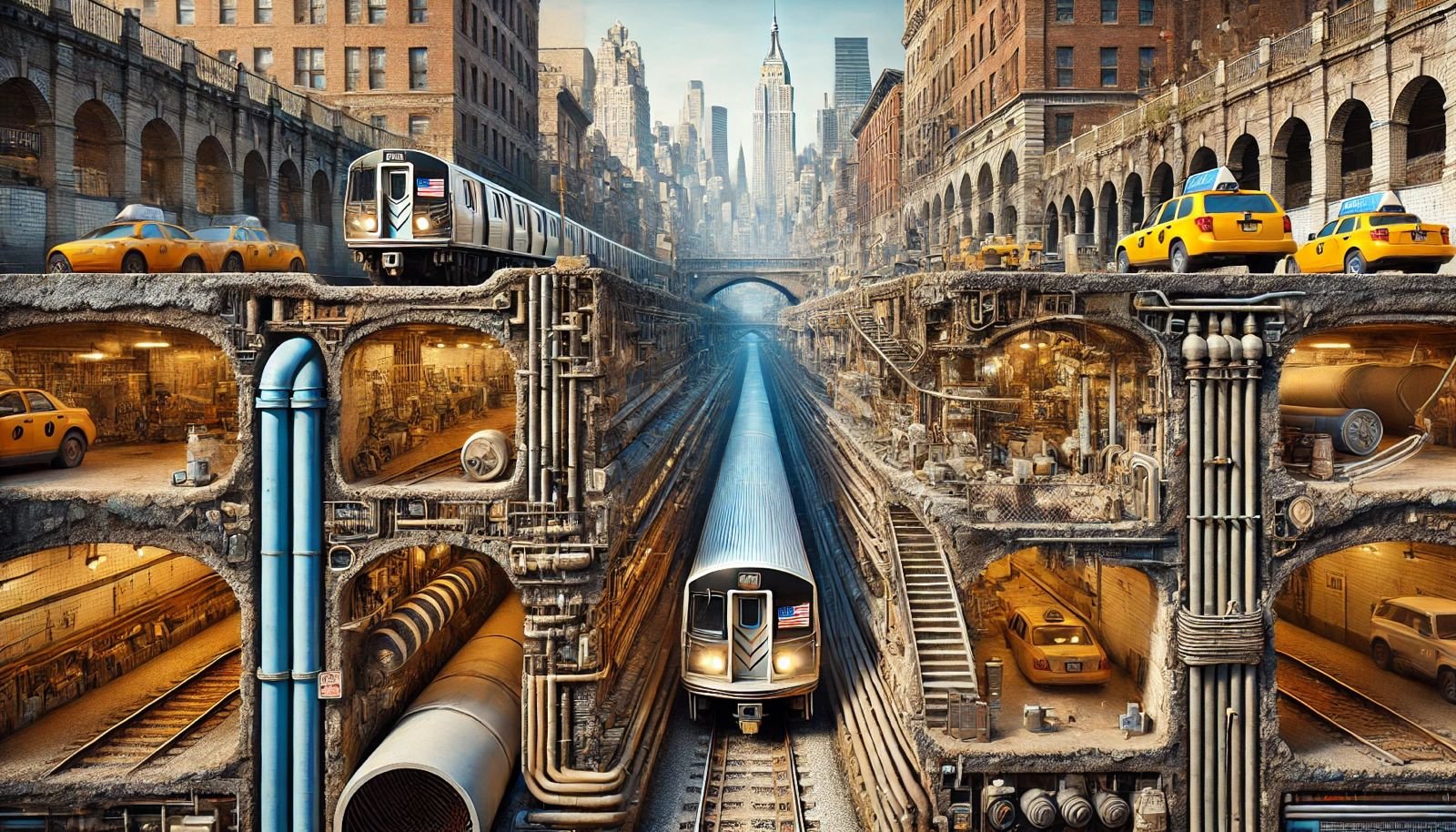
Why does New York have so many underground tunnels?
New York City is famous for its bustling streets and iconic skyline, but beneath the surface lies a complex network of underground tunnels serving various purposes. From the subway system to utility passages, these tunnels have been constructed over centuries to meet the city's unique needs. This blog explores the historical significance and contemporary relevance of New York's extensive underground infrastructure.
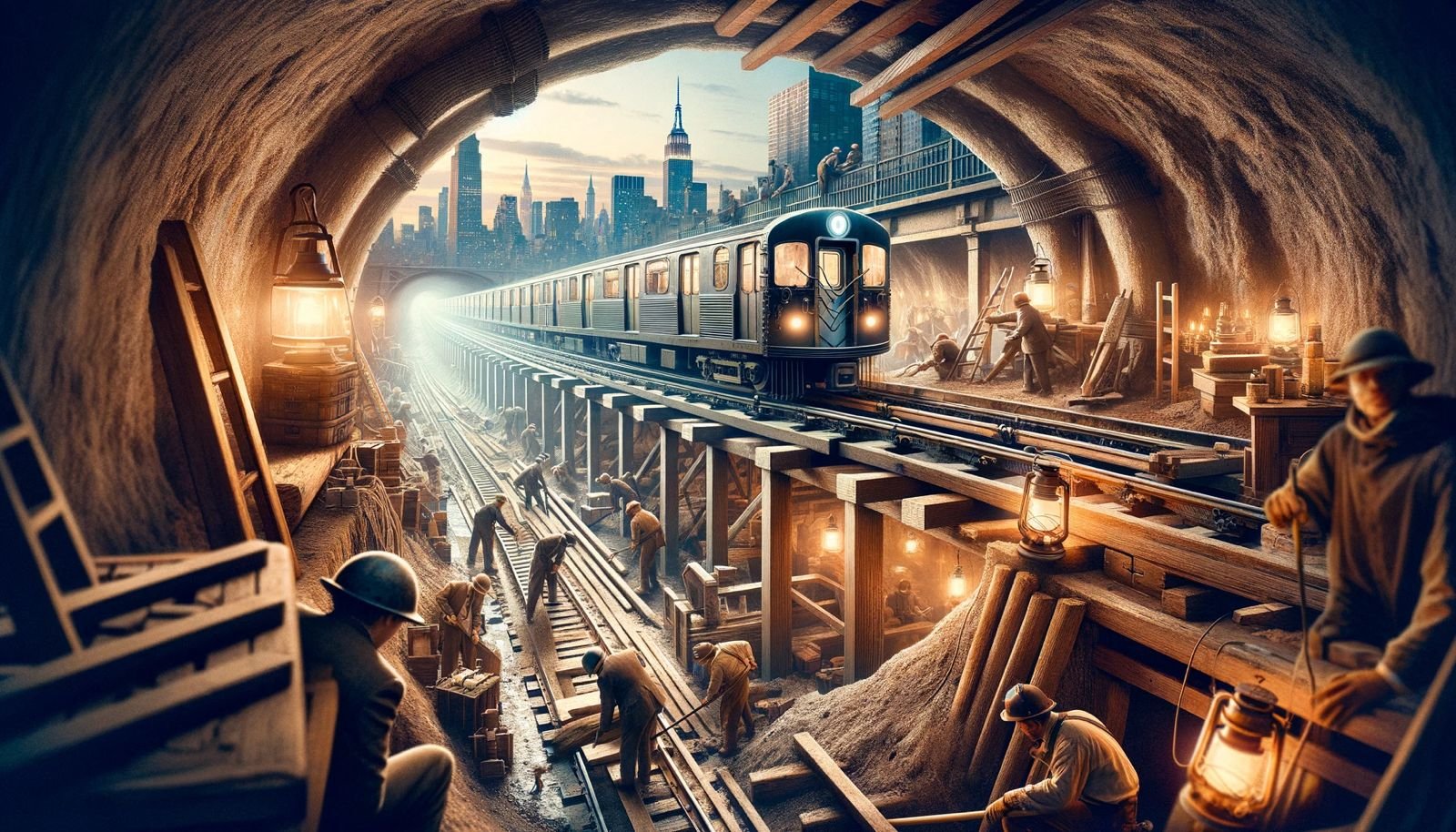
What is the documentary on how the NYC subway was built?
The construction of the New York City subway system is a monumental story of engineering and determination, beautifully captured in the documentary "New York Underground." This PBS film explores the challenges faced during the subway's construction in the early 1900s, highlighting the efforts of key figures like chief engineer William Barclay Parsons and the thousands of workers who made this essential transit system a reality.
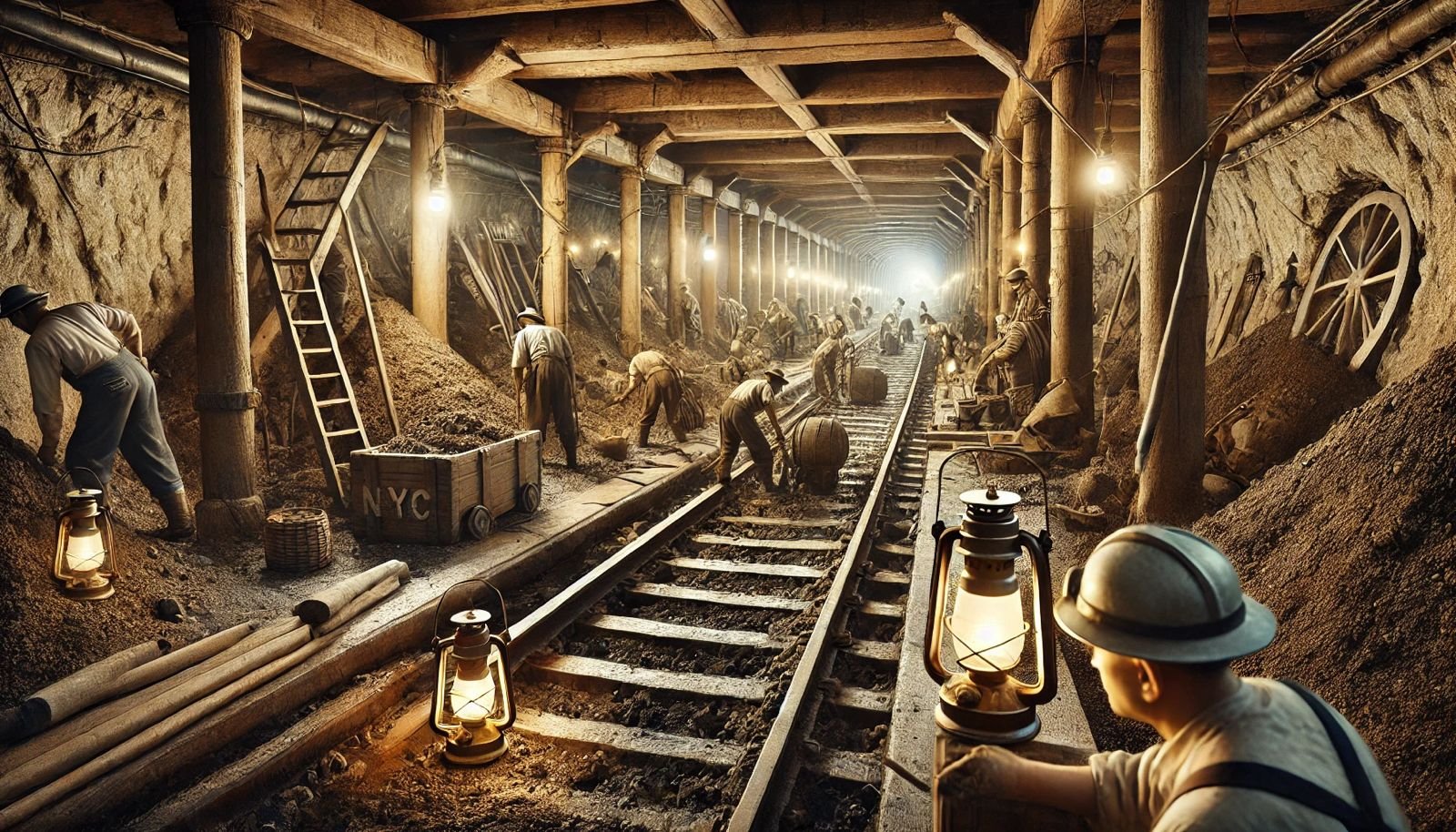
How were the NYC subway tunnels dug?
The construction of the New York City subway system is a captivating story of engineering prowess and urban evolution. This blog delves into the various methods used to dig the subway tunnels, including the cut-and-cover technique and modern tunneling machines. Discover the challenges faced by workers and how innovative techniques transformed urban transit in one of the world's busiest cities.
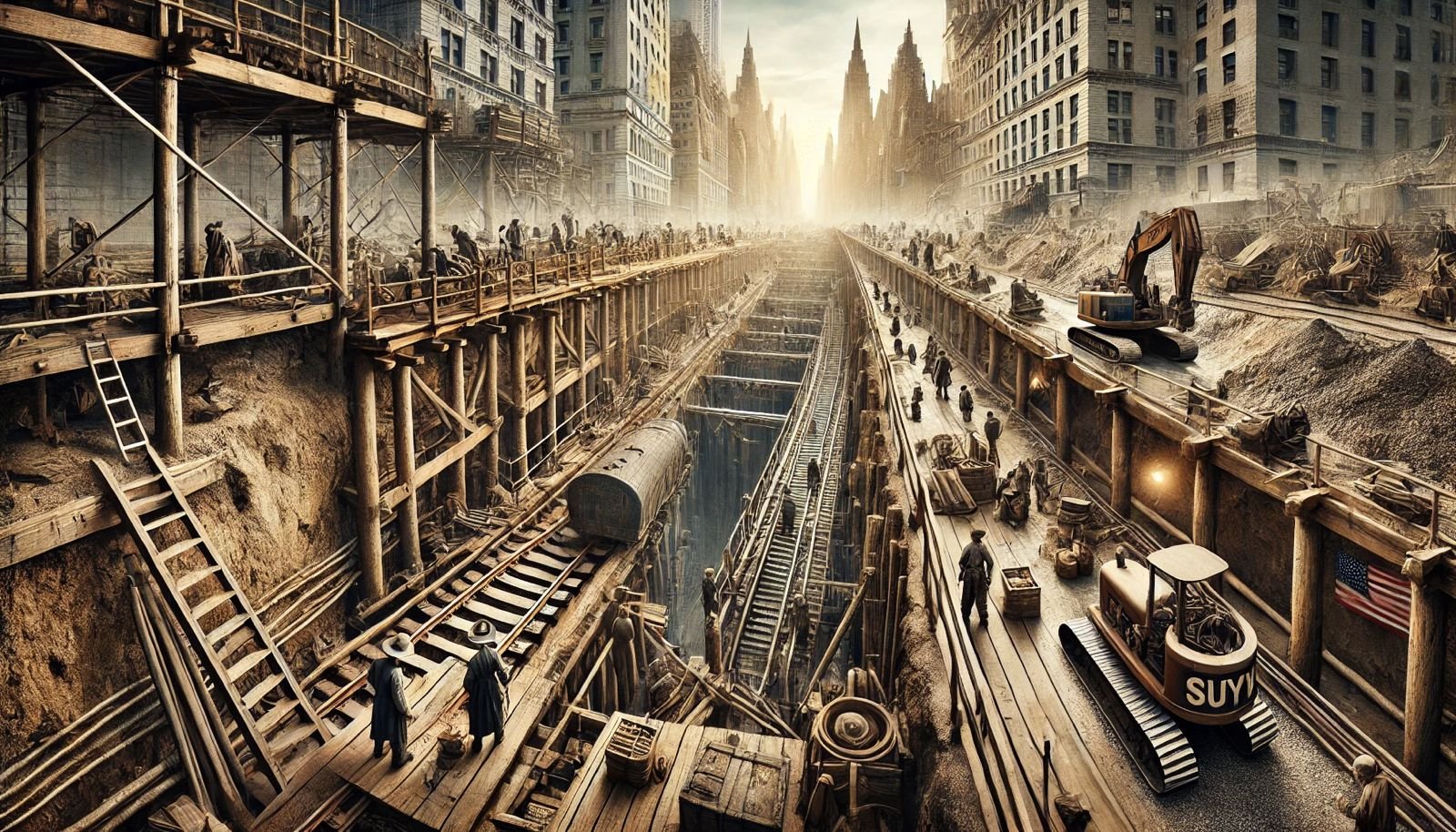
How long did it take to build the NYC subway?
The construction of the New York City Subway is a fascinating tale of engineering brilliance, spanning four years from 1900 to 1904. This monumental project aimed to ease the severe congestion on city streets caused by rapid population growth. The subway's first line, stretching 9.1 miles from City Hall to Harlem, opened on October 27, 1904, revolutionizing urban transit and shaping the city's future.
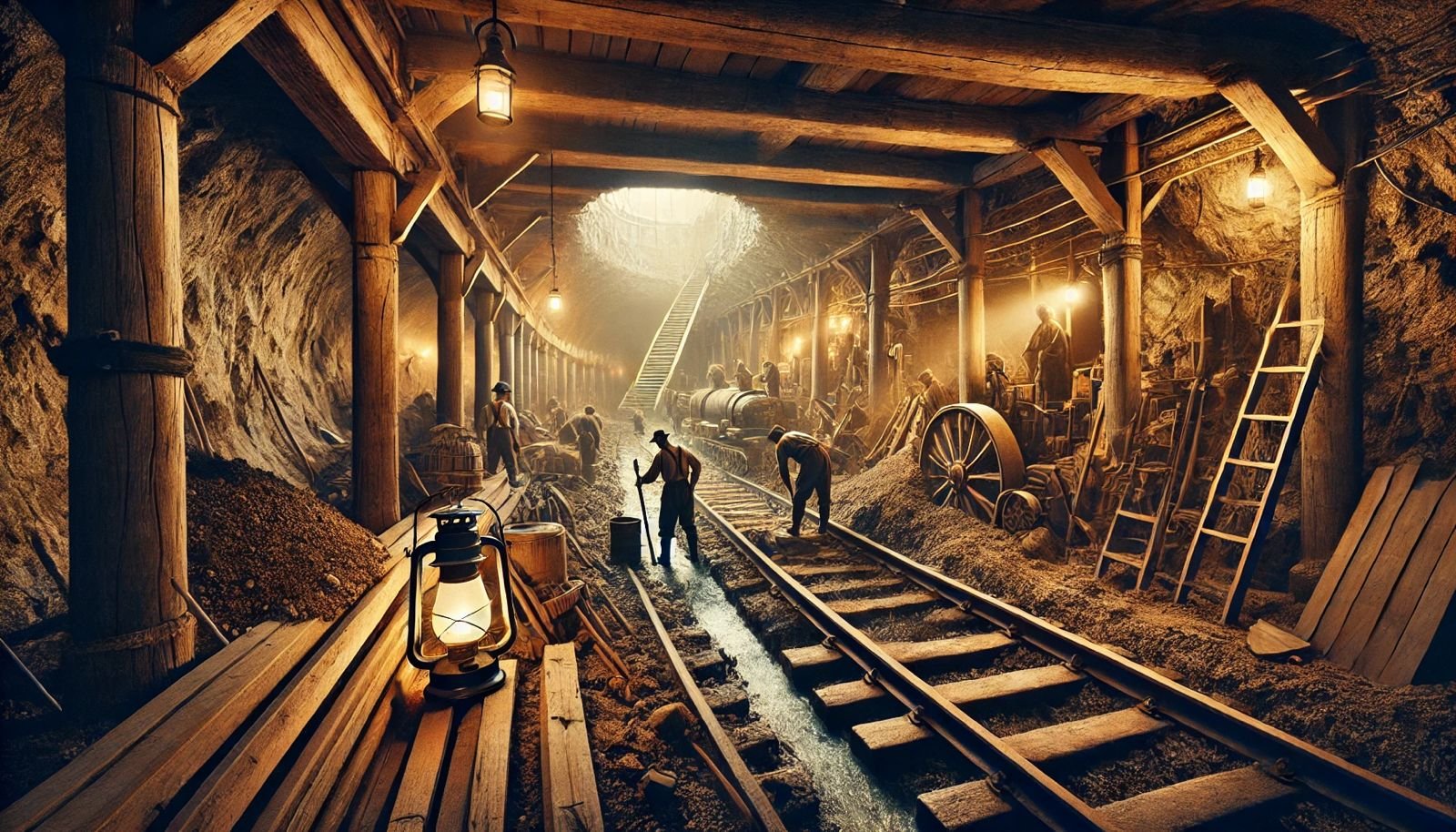
Who dug the subway tunnels in NYC?
The construction of the New York City subway is a remarkable story of engineering and labor that transformed urban transportation. Beginning in the early 1900s, this monumental project was driven by the need to alleviate traffic congestion and connect neighborhoods. With around 7,700 workers, many of whom were immigrants, the subway's tunnels were dug using innovative techniques like cut-and-cover. This blog delves into the key figures, challenges, and lasting impact of this iconic transit system.
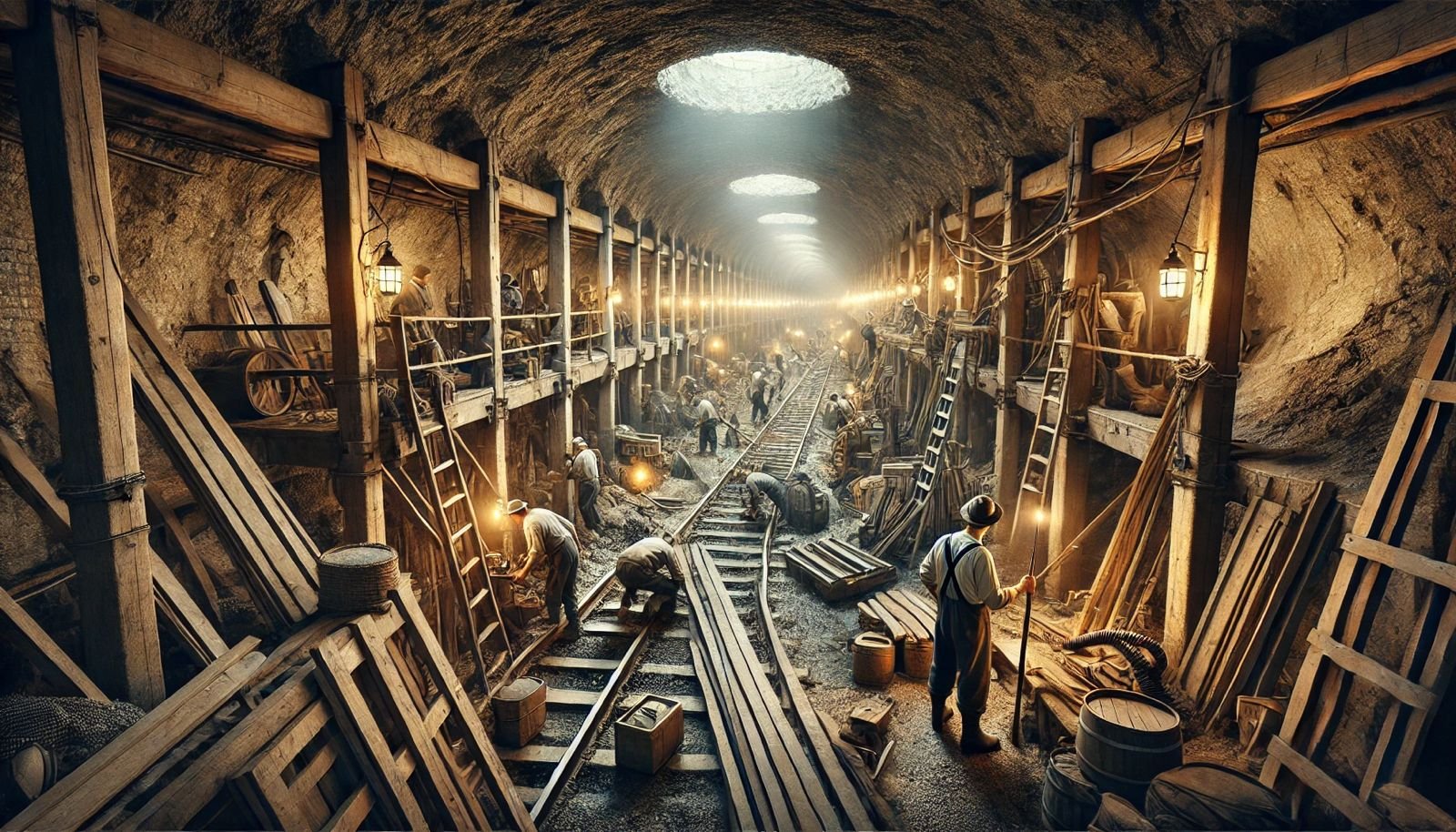
Who built the NYC subway tunnel?
The construction of the New York City subway system represents a significant milestone in urban engineering, beginning operations in 1904. Spearheaded by visionary chief engineer William B. Parsons, the project utilized innovative techniques like cut-and-cover to navigate Manhattan's complex underground. This blog explores the key figures and methods that brought this transformative transit system to life.
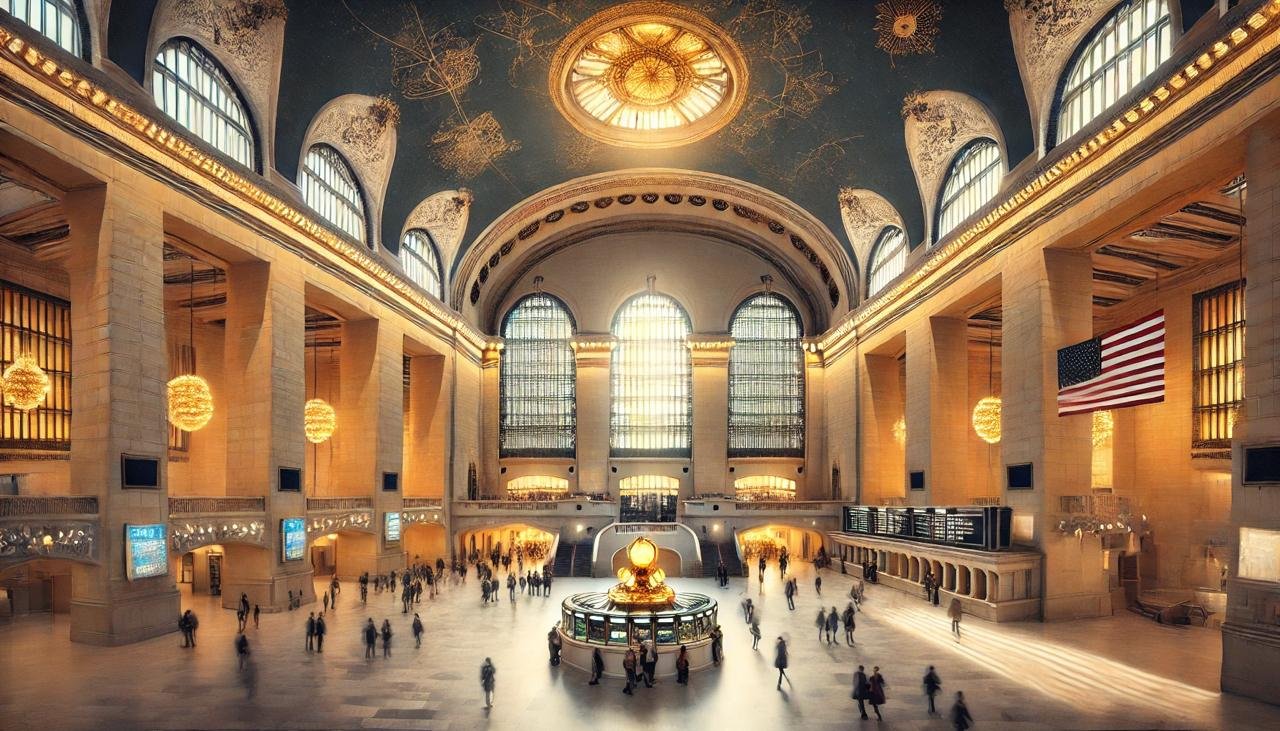
Who designed Central Station New York?
Grand Central Terminal, often confused with Grand Central Station, is a masterpiece of early 20th-century architecture. Designed by the architectural firms Reed and Stem, along with Warren and Wetmore, this iconic terminal combines stunning aesthetics with practical functionality. Its breathtaking features, including the celestial ceiling and grand façade, make it a must-see destination for anyone visiting New York City.
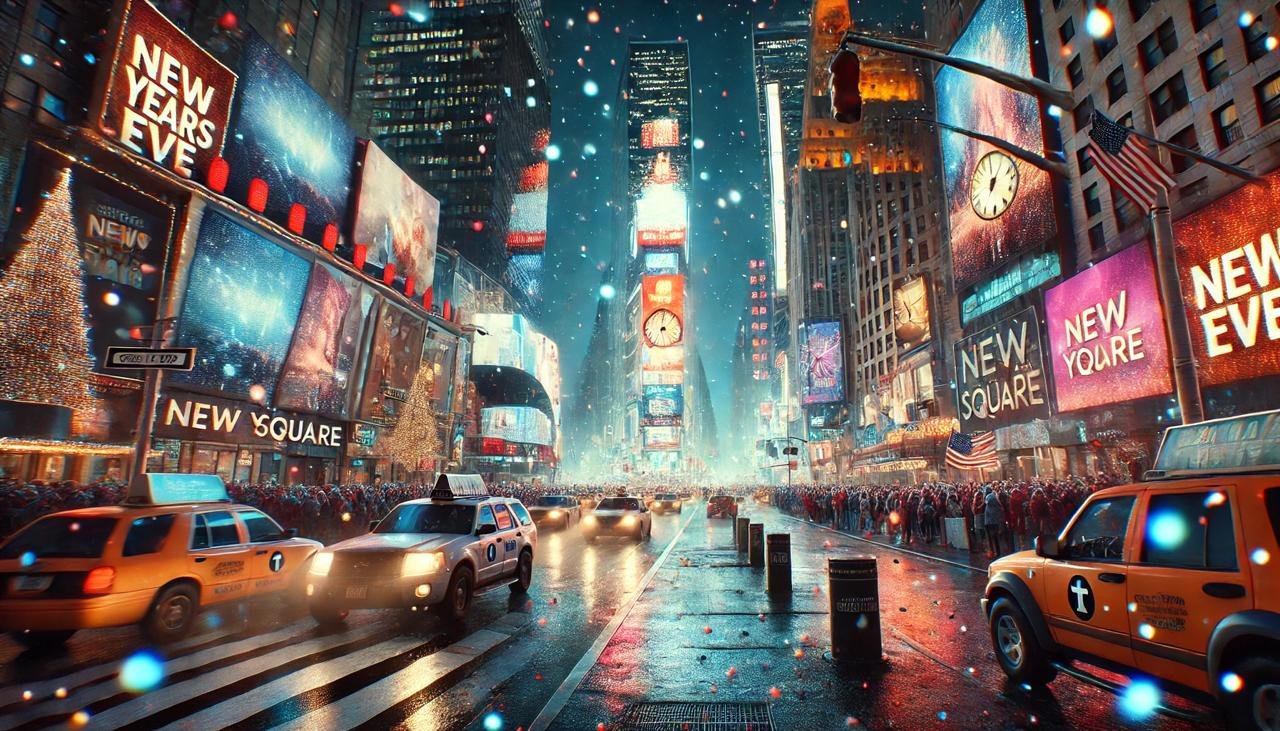
10 Things You Didn't Know About Times Square
Times Square, often called "The Crossroads of the World," is a vibrant hub of activity and history in New York City. Beyond its famous lights and bustling crowds, this iconic location holds many fascinating secrets. From its origins as Longacre Square to its transformation into a global entertainment center, explore 10 surprising facts that reveal the true essence of Times Square.
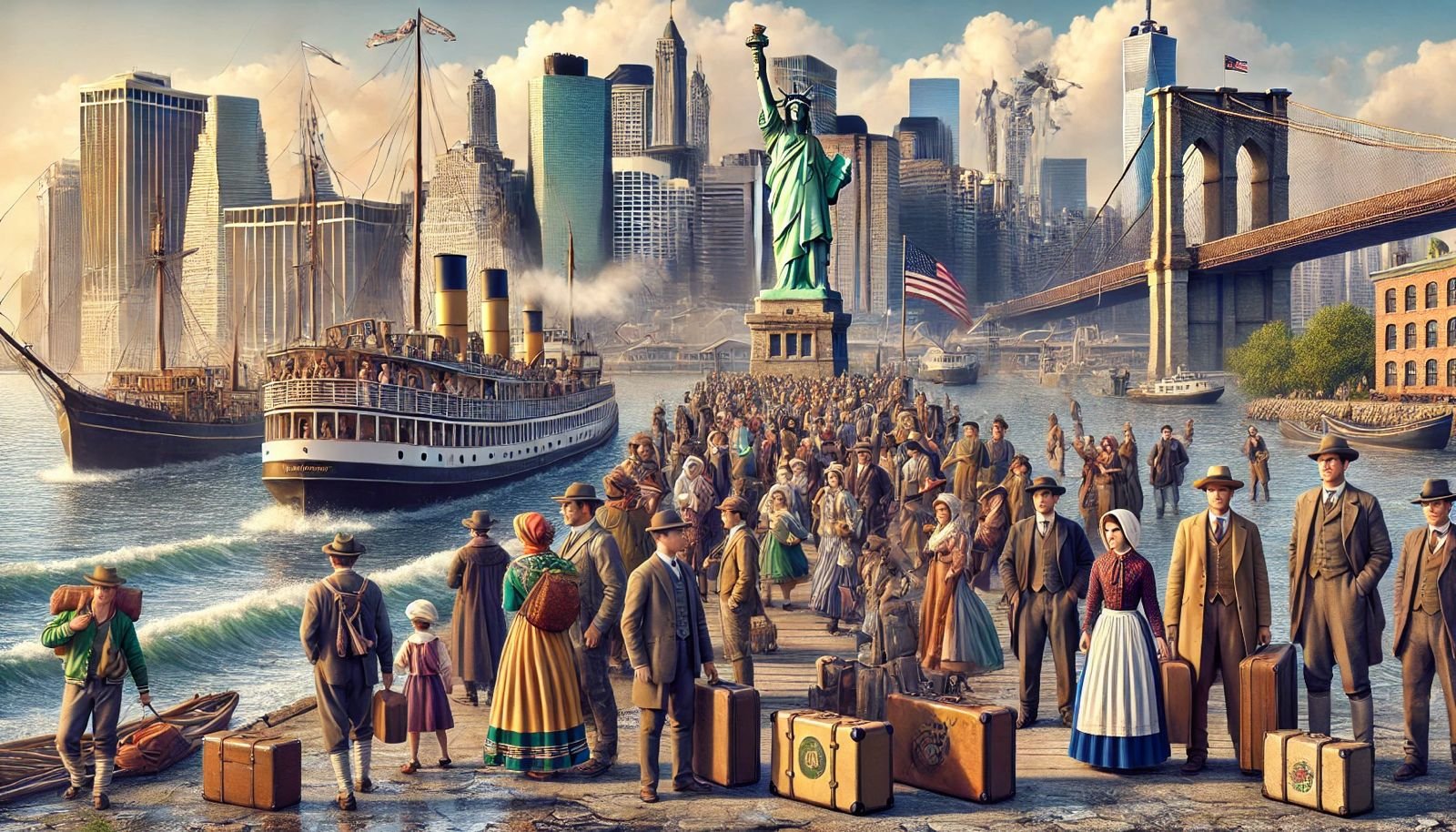
Why did Europeans immigrate to New York?
European immigration to New York has significantly shaped the city's cultural landscape. Driven by economic opportunity, social upheaval, and the desire for a better life, millions of Europeans sought refuge in this vibrant metropolis. From the Irish fleeing famine to Germans escaping political unrest, these diverse communities have woven a rich tapestry that defines New York today.
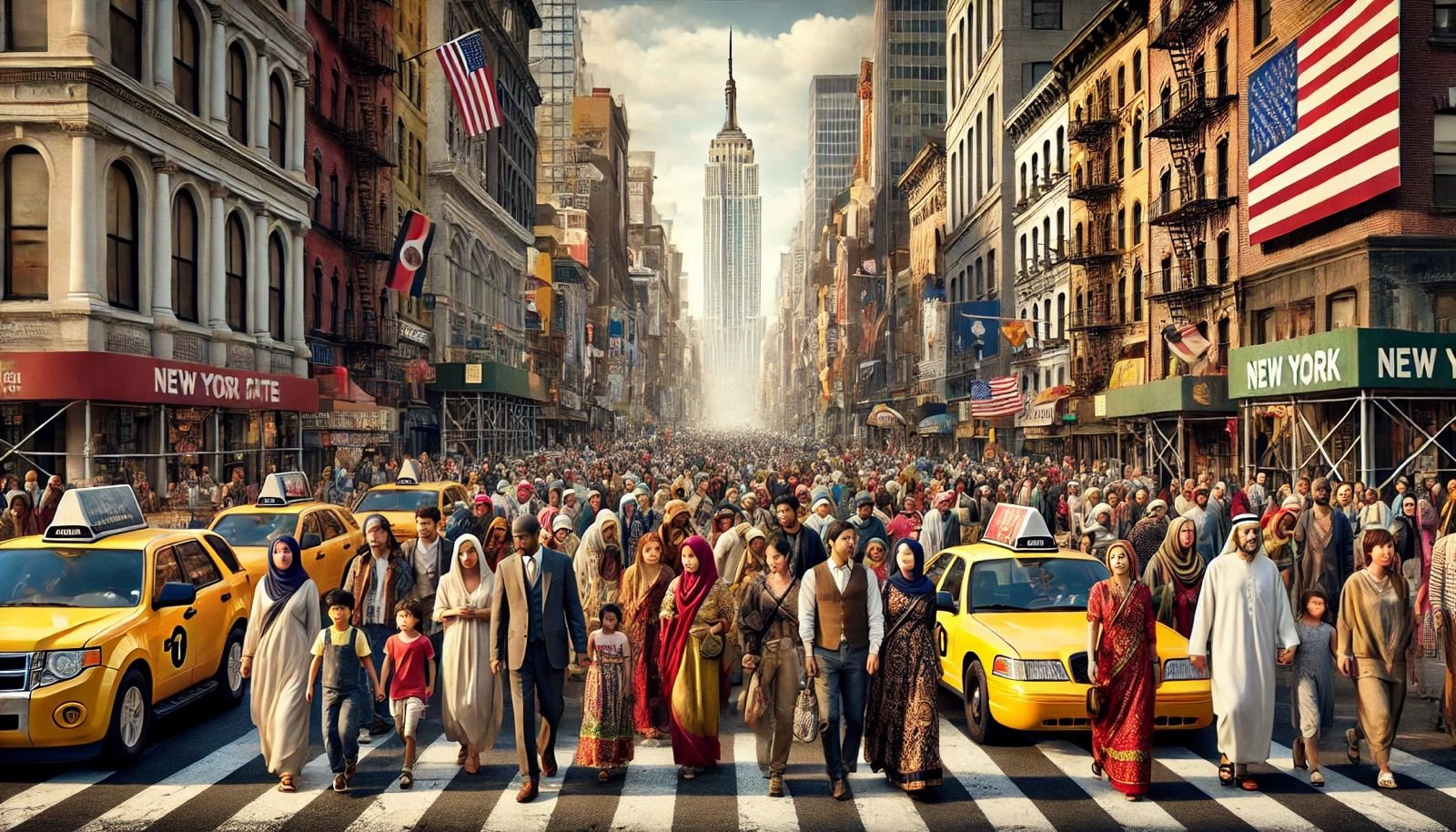
What group mostly immigrated to New York City?
New York City stands as a vibrant mosaic of cultures, with approximately 3.1 million immigrants enriching its landscape. Dominicans, Chinese, and Mexicans are among the largest groups, each contributing unique traditions and economic vitality. This blog delves into the diverse immigrant communities that shape NYC’s identity, highlighting their historical roots and ongoing influence on the city’s culture and economy.

Who owns Rockefeller center?
Rockefeller Center, a historic jewel of New York City, was commissioned by John D. Rockefeller Jr. in the 1920s. This iconic complex, completed in 1939, has undergone significant ownership changes over the decades, reflecting shifts in real estate and management strategies. Today, Tishman Speyer and the Crown family continue to honor its rich legacy while revitalizing its cultural and community impact.
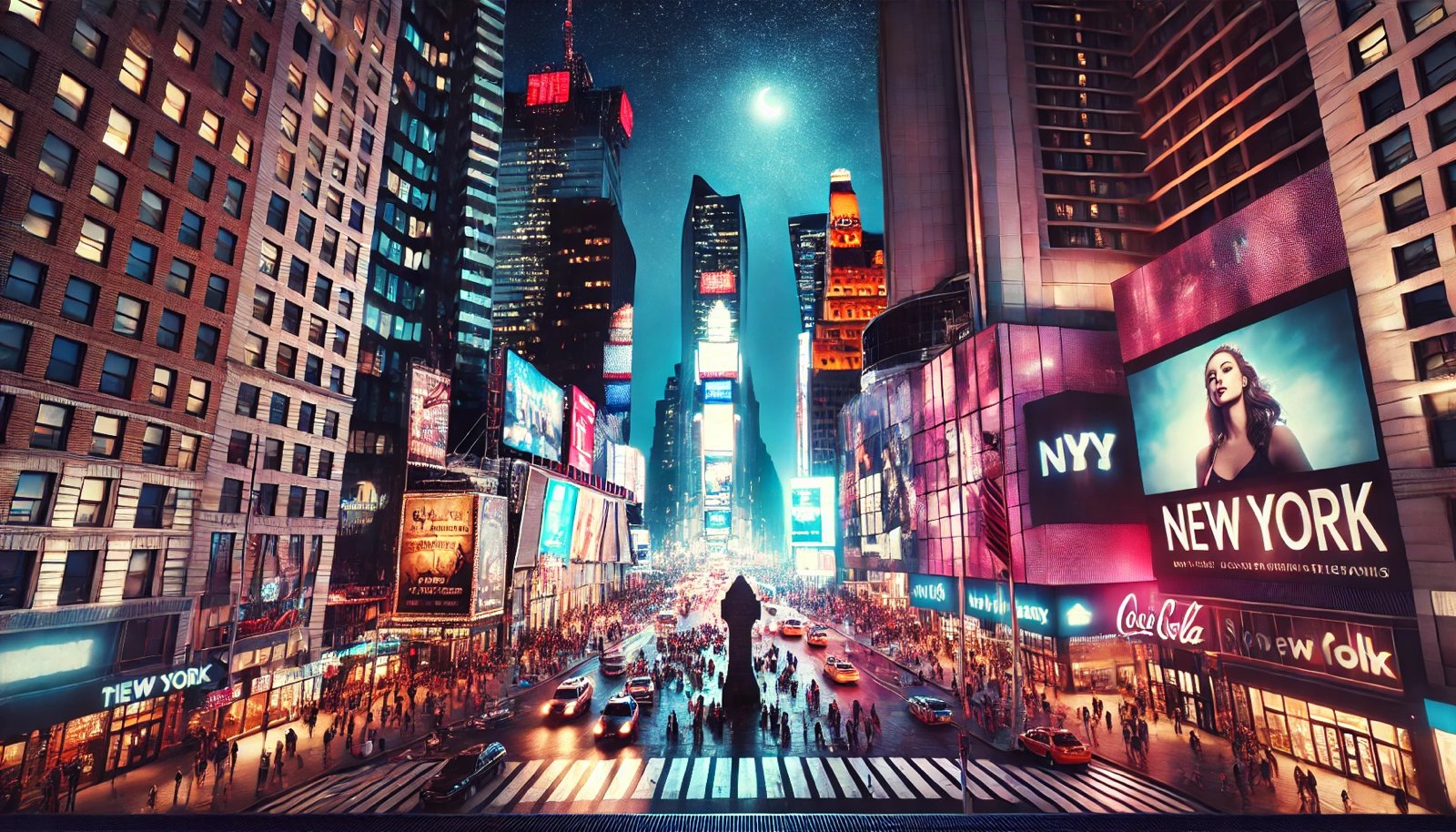
Is Times Square the center of the universe?
Times Square, often referred to as "The Crossroads of the World," is a vibrant hub in Midtown Manhattan that attracts millions annually. This iconic location is a melting pot of culture, commerce, and entertainment, featuring dazzling lights, Broadway theaters, and diverse street performances. Its rich history and ongoing evolution make Times Square a symbol of New York City's resilience and creativity, embodying the spirit of urban life.
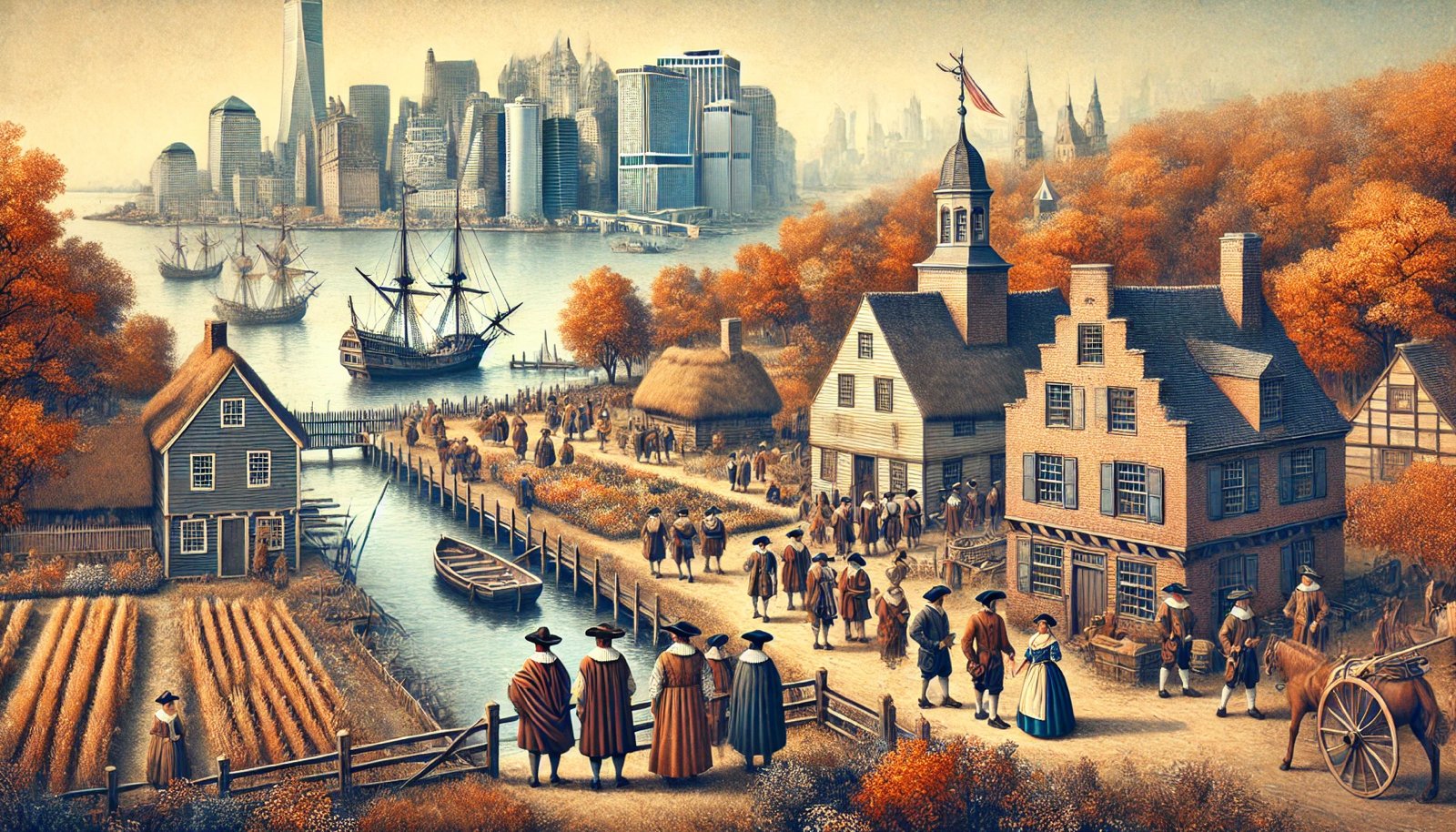
What nationality originally settled in New York?
New York City's early history is a captivating narrative of exploration, colonization, and cultural exchange. The 17th century saw European powers, particularly the Dutch, vying for control over North America's rich resources. The Dutch established New Amsterdam in 1624, laying the groundwork for a city that would become a global icon. Today, services like Sparkly Maid NYC help residents maintain their homes, reflecting the enduring spirit of community that has defined this vibrant metropolis.
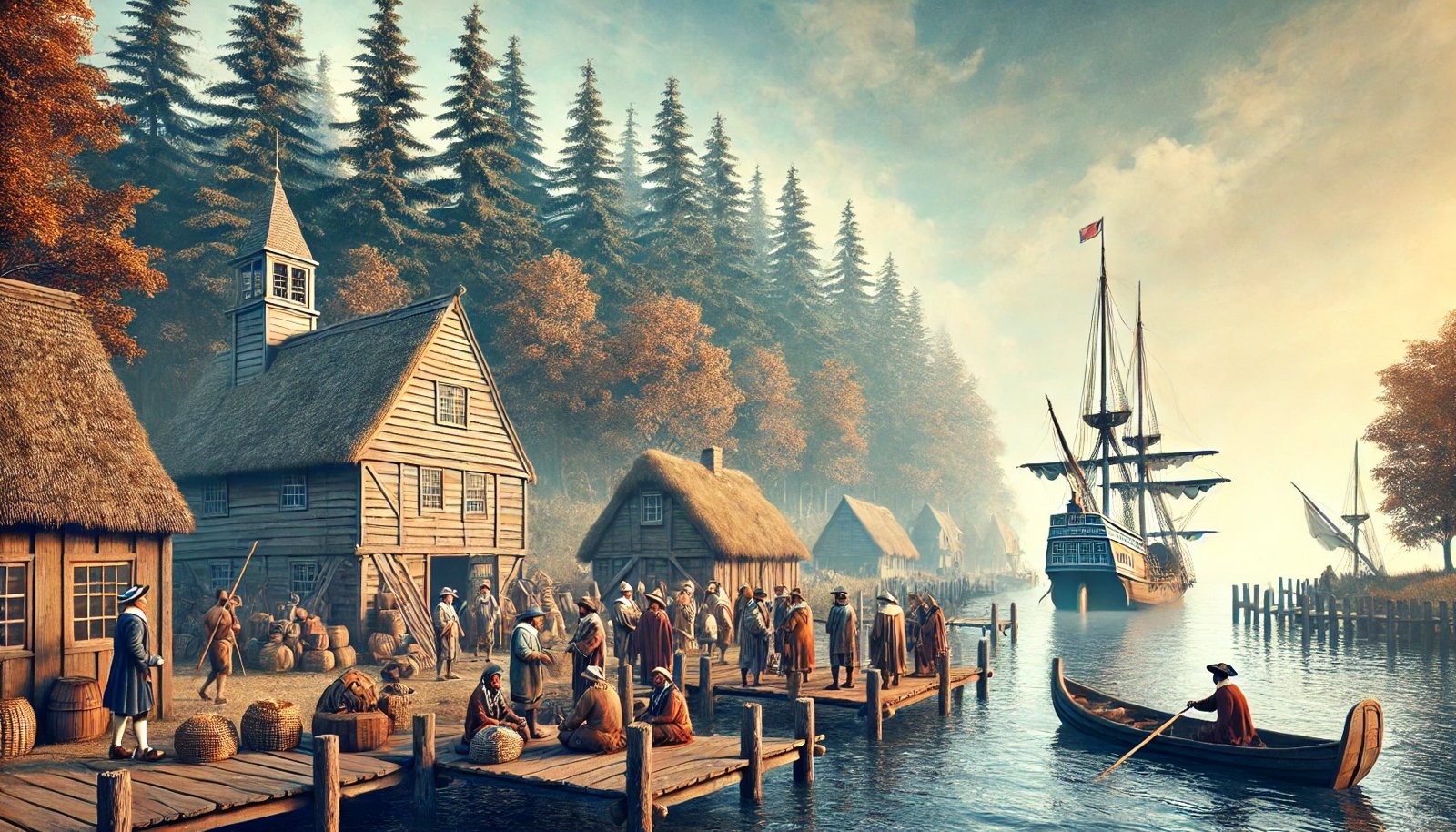
Who founded New York?
The story of New York City is a rich tapestry woven from the threads of exploration, colonization, and cultural exchange. From Giovanni da Verrazzano's early explorations to Peter Minuit's legendary purchase of Manhattan, the city's history is marked by significant events and diverse personalities. Today, as we honor this vibrant past, services like Sparkly Maid NYC help residents maintain their homes, ensuring that the spirit of community and care thrives in this iconic city.
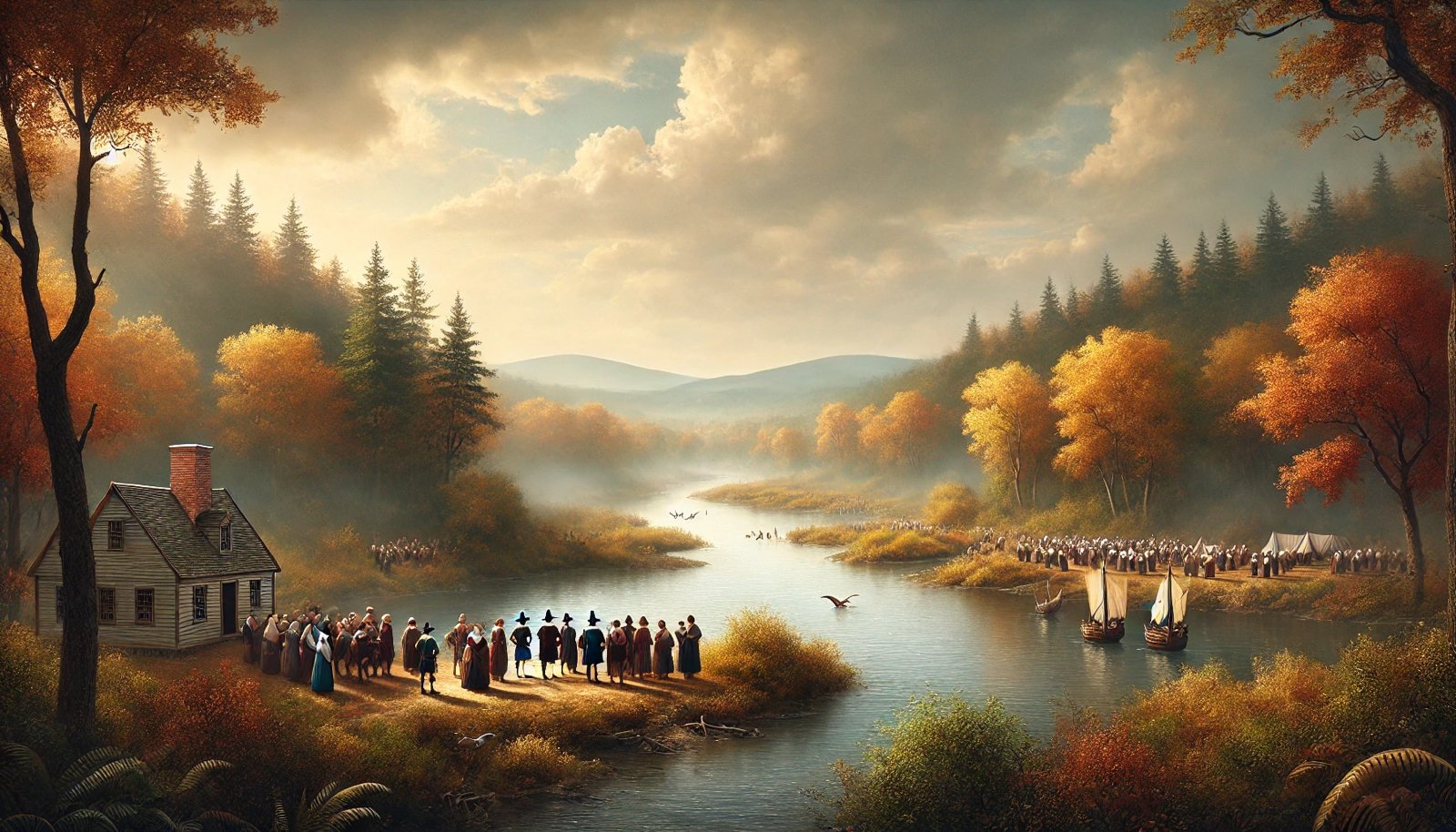
Why did pilgrims come to New York?
The Pilgrims' journey to the New World was driven by a quest for religious freedom and economic opportunity. While they initially aimed to settle near the Hudson River, their landing in Plymouth, Massachusetts, marked the beginning of a migration pattern that would eventually shape New York City. This historical context reveals how early settlers sought a fresh start, much like today’s residents of New York, who continue to seek freedom and opportunity in their lives.
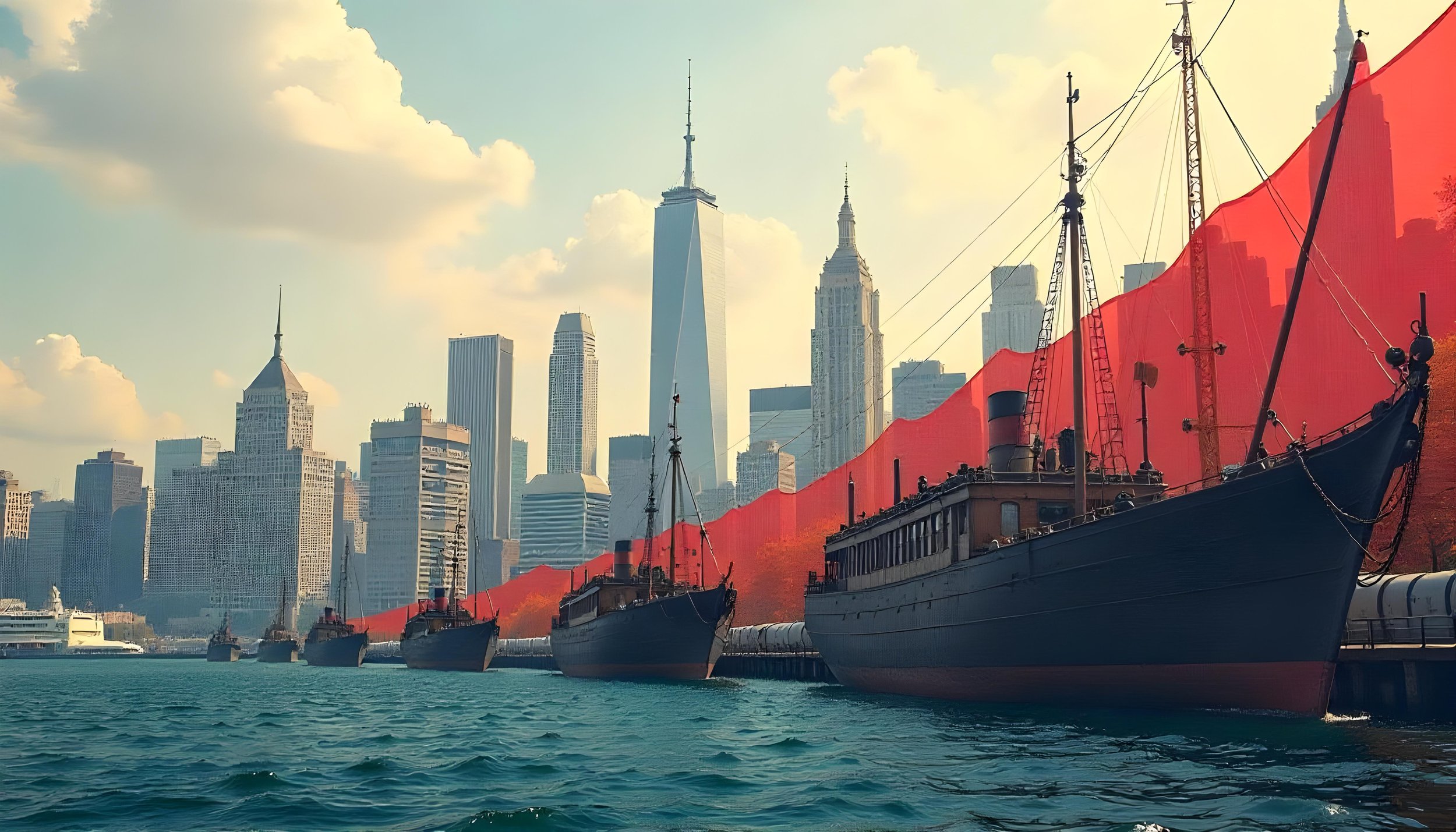
Why Did NYC Become So Big?
Explore how New York City transformed into a massive metropolis, driven by strategic location, booming economy, and waves of immigration that shaped its dynamic culture and growth.
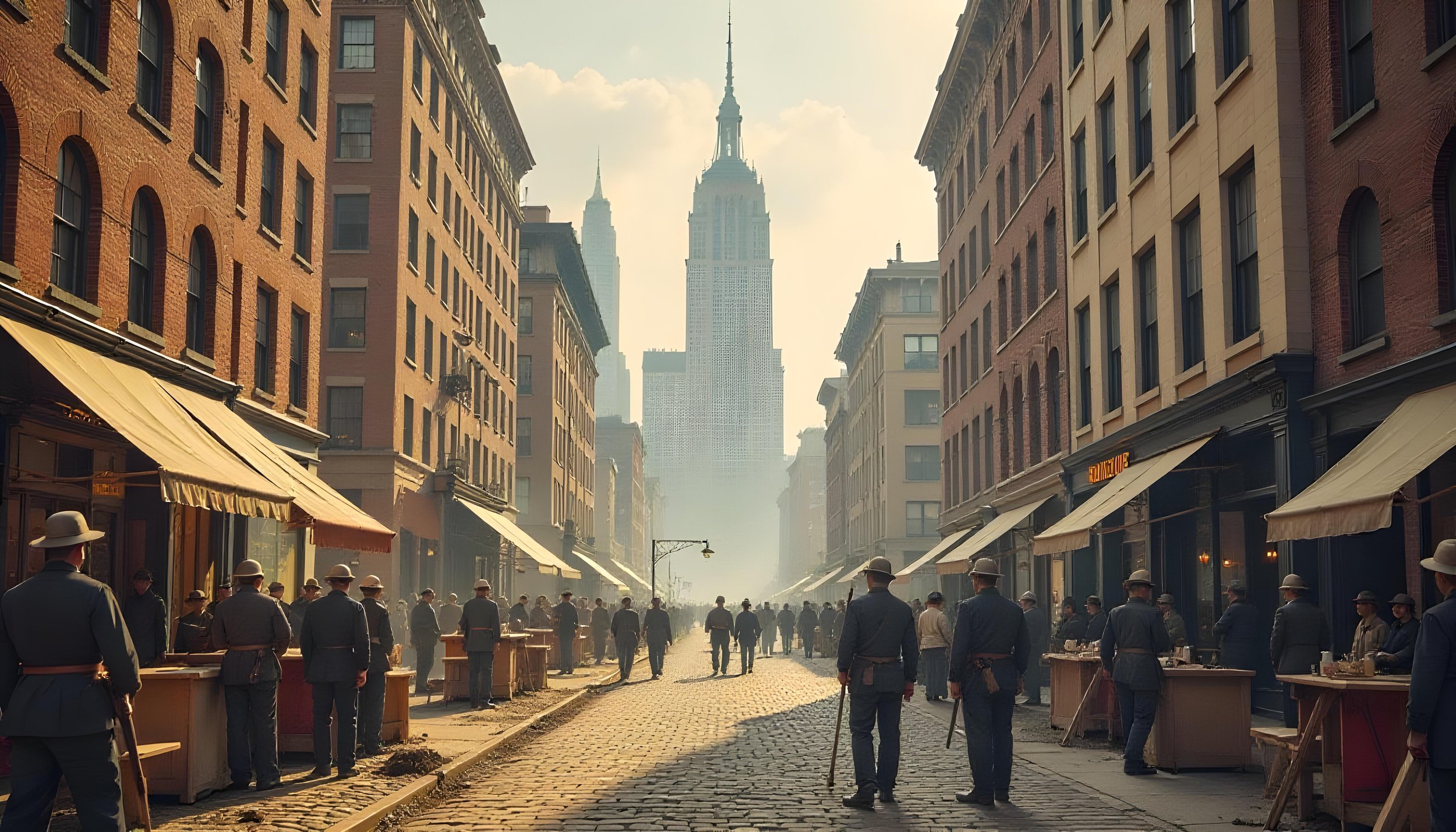
Who Originally Built New York?
Explore the origins of New York's construction, from indigenous communities to European colonizers. Learn about the key players and pivotal moments that laid the foundation for one of the most iconic cities in the world.

What Are 5 Historical Facts About New York?
Uncover five captivating historical facts about New York, a city with a rich history that spans centuries. From its colonial beginnings to its rise as a global hub, these stories offer a glimpse into the events that shaped the Big Apple into the cultural and economic powerhouse it is today.